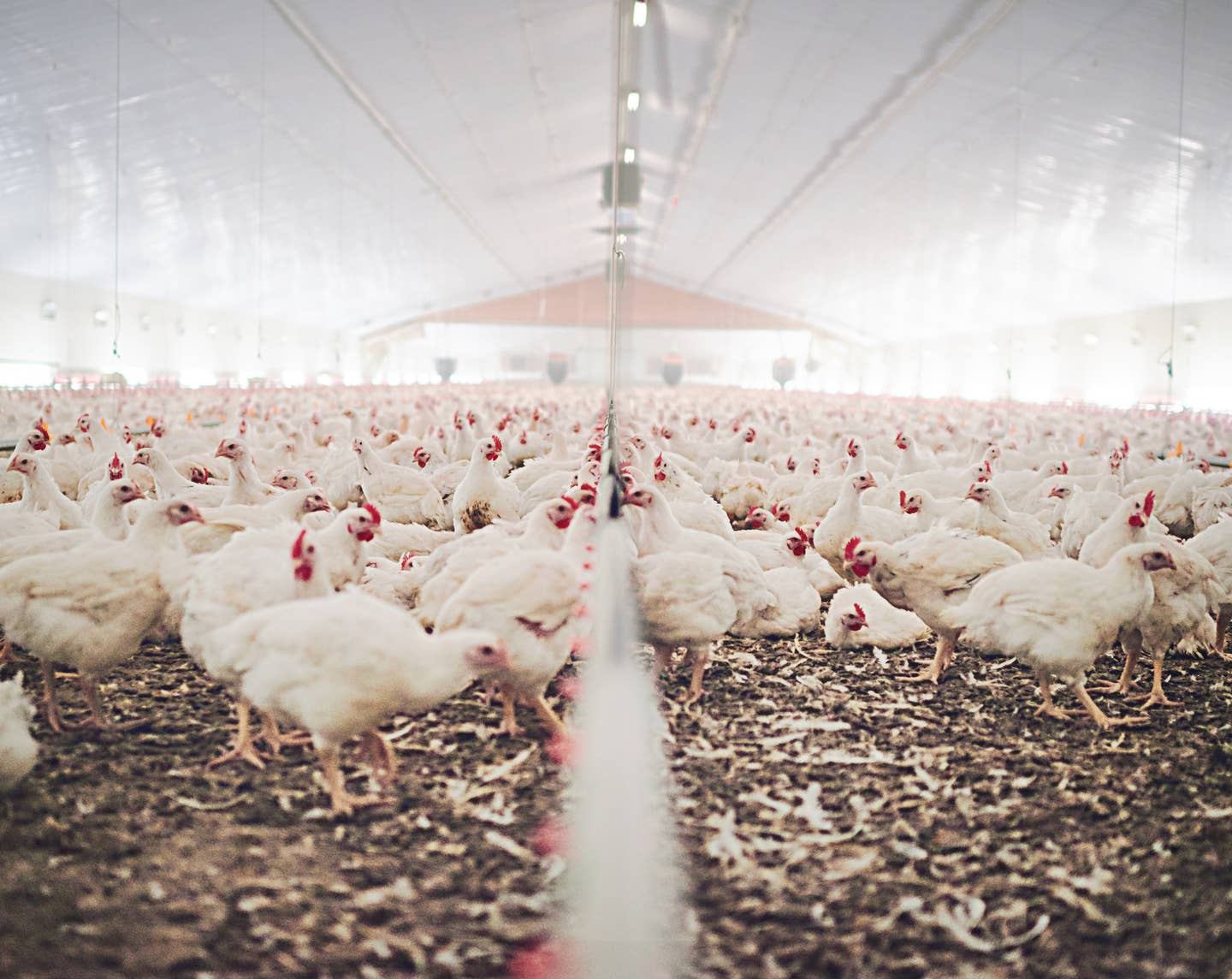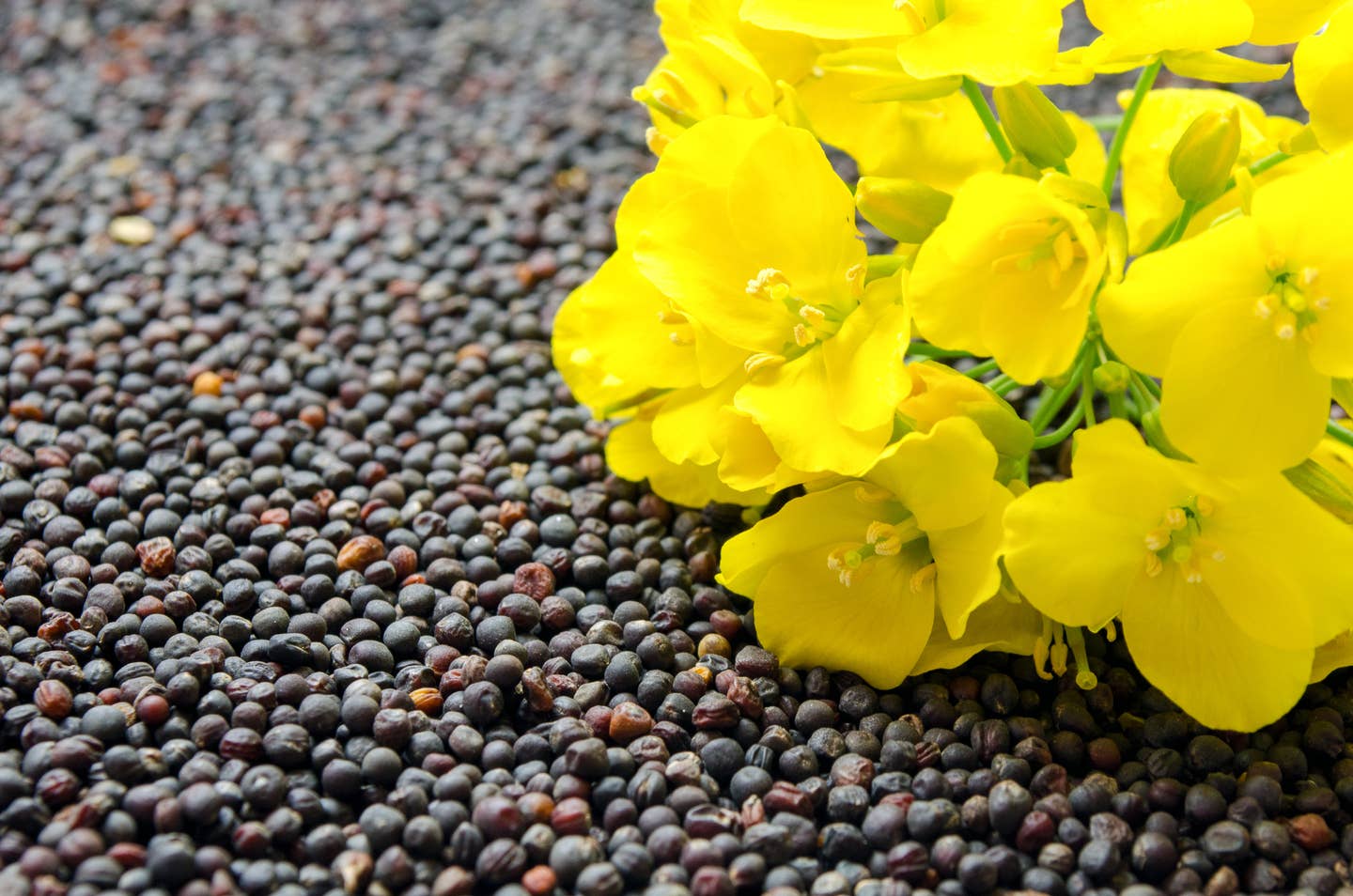
We Can Cut 90% of Carbon Emissions by 2030, Says New Report: Here’s How
The recent UN report regarding the climate crisis put animal agriculture in the spotlight, linking the worsening environmental issues to excessive emissions from food production. Following this report, the independent think tank RethinkX released a report entitled “Rethinking Climate Change” that claimed that if carbon-intensive industries such as animal agriculture could be replaced by cleaner, sustainable technologies, then humans could reduce world carbon emissions by 90 percent in 15 years. Beyond the food industry and animal agriculture, the think tank included the heavy carbon footprints of energy and transportation. The publication suggested that by reducing the carbon footprint of these three industries, people can eliminate more than 90 percent of net greenhouse gas emissions, and eventually go farther than net-zero following 2040.
The report claims that the future of food production rests in the growing cellular agriculture and precision fermentation industries. By promoting these industries, the think tank argues that it could disrupt the meat and dairy industries enough to offset the carbon emissions while also providing a sustainable alternative for consumers. The two processes would develop proteins and animal-based meat alternatives that are better for the environment, the consumer, and the animals slaughtered during food production.
“As the most inefficient and economically vulnerable part of the industrial food system, cow products will be the first to feel the full force of the food distribution,” the report reads. "By 2030, the number of cows in the United States will have fallen by 50 percent, and the cattle farming industry will be all but bankrupt. All other commercial livestock industries worldwide will quickly follow the same fate as will commercial fisheries and aquaculture.”
The precision fermentation process uses microbial hosts that produce functional ingredients such as fats and protein. This process allows for animal proteins and fats to be mimicked to minimize animal involvement and abolish animal slaughter. Cellular agriculture uses a small number of animal cells to create cultured meat in lab settings. The cellular agriculture industry is increasing in popularity as more companies and tech start-ups begin testing cultured cell-based alternatives.
The report details that by 2030, a protein made with precision fermentation will be 100 times more land efficient than current animal agriculture methods. The report also predicts that the innovative process will be 25 times time more feedstock efficient, 10 times more water-efficient, 20 times more time-efficient, and will produce minimal waste.
“Product after product that we extract from animals will be replaced by superior, cheaper, cleaner, and tastier alternatives, triggering a death spiral of increasing prices, decreasing demand, and reversing economies of scale for the livestock and seafood industries,” the report states.
Companies including New Culture and Perfect Day have started implementing precision fermentation methods to create proteins in cow milk to create product lines of dairy-free milk, cheese, and ice cream. The process allows the companies to replicate the necessary proteins and fat to create cell-based alternatives without animal involvement.
Other animal-alternative food brands such as Eat Just, Aleph Farm, and Cultured Decadence began testing products that use cellular agriculture to create their products. Cellular agriculture allows these companies to create proteins including tuna, chicken, beef, and more without cruel animal agricultural practices.
Earlier this year, Eat Just secured a $170 million funding package to bulk up its manufacturing and expand its upcoming Good Meat brand. The Good Meat product line is the company’s new cell-based protein line, specifically its chicken product that it debuted at JW Marriot Singapore South Beach in May. The innovative push comes after the Good Food Institute released a report that found that the cultivated meat industry secured more than $360 million in the last year, six times more than 2019. Currently, these companies await certification from the United States Department of Agriculture and the Food and Drug Administration to begin distribution.
“Just as fully electric cars will someday simply be referred to as ‘cars,’ cultivated meat can become the default if the industry receives adequate public and private funding to scale up,” Managing Director of Good Food Institute Mirte Gosker said. “Forward-thinking hospitality leaders like JW Marriott Singapore South Beach and restaurants like Madame Fan are providing a sneak peek of what’s possible in that safer and more sustainable future.”
Beyond Animal Agriculture
The report emphasizes that energy and transportation industries must restructure as well in order to successfully minimize carbon emissions. Within the energy sector especially, disruptive technologies must be introduced in order to curb the negative consequences stemming from oil, gas, and coal. The report explains that the energy sources must be replaced with more sustainable practices in order to reduce emissions.
RethinkX argues that an important step to reducing carbon emissions is by uprooting incumbent barriers to changing the food industry. The report explains that to make significant progress that livestock farming subsidies in the food industry and vertically integrated utility monopolies in the energy sector must be dismantled to enact change.
“We can either accelerate the energy, transportation, and food disruptions and solve the climate crisis by ushering a new era of clean prosperity, or we can waste decades and trillions of dollars propping up the incumbent system,” RethinkX co-founder Tony Seba said in a statement. “The stakes for the planet and society are enormous. It is up to us to decide whether or not we deploy and scale these technologies rapidly enough to avoid dangerous climate change.”
You may think iron is synonymous with meat, and while animal protein certainly has it, that doesn’t mean you can’t get enough iron if you eat a mainly plant-based diet. In fact, you can, if you know the right foods to choose and how to pair them. The daily recommendation from the National Institutes of Health (NIH) for iron intake is 18 milligrams (mg), but not all iron sources are created equal. Here’s what plant-based eaters need to know about iron and which iron-rich foods are best to help reap the benefits.
1. White Mushrooms
1 cup cooked = 3 mg iron (17% daily value (DV))\There are many reasons to eat mushrooms on the regular, but their meaty texture (try a Portobello cap as a meat replacement for a burger!) and ample protein are two of the highlights. Add them to your stir-fry, tacos, or even instead of meat in a faux Bolognese sauce.
2. Lentils
1/2 cup = 3 mg iron (17% DV)You don’t need to eat a huge serving of lentils to get a hearty dose of iron. Just a half-cup provides close to 20% of the iron you need in a day. Just like mushrooms, lentils have a meaty texture that works well in burgers, tacos, or grain bowls.
3. Potatoes
1 medium potato = 2 mg iron (11% DV)The poor potato has gotten such a bad rap. Fear of this carb-rich spud is unwarranted because it’s actually an affordable and delicious source of iron and potassium. So go ahead and have that hash, baked potato, or potato soup and leave the skin on for some added fiber.
4. Cashews
1 ounce = 2 mg iron (11% DV)Most nuts contain iron, but cashews are a standout because they have less fat than some of the other nuts. One ounce of cashews (about 16 to 18 nuts) has 160 calories, 5 grams of protein, and 13 grams of fat. Add a handful of cashews to smoothies, soups, or sauces for some extra creaminess.
5. Tofu
½ cup = 3 mg (15% DV)Not only does tofu have plenty of protein and calcium, but it’s also a good source of iron. It’s very versatile and takes on the flavor of any sauce or marinade, making it a great meat substitute.Keep in mind that you can easily get the iron you need from a plant-based diet.
More From The Beet






